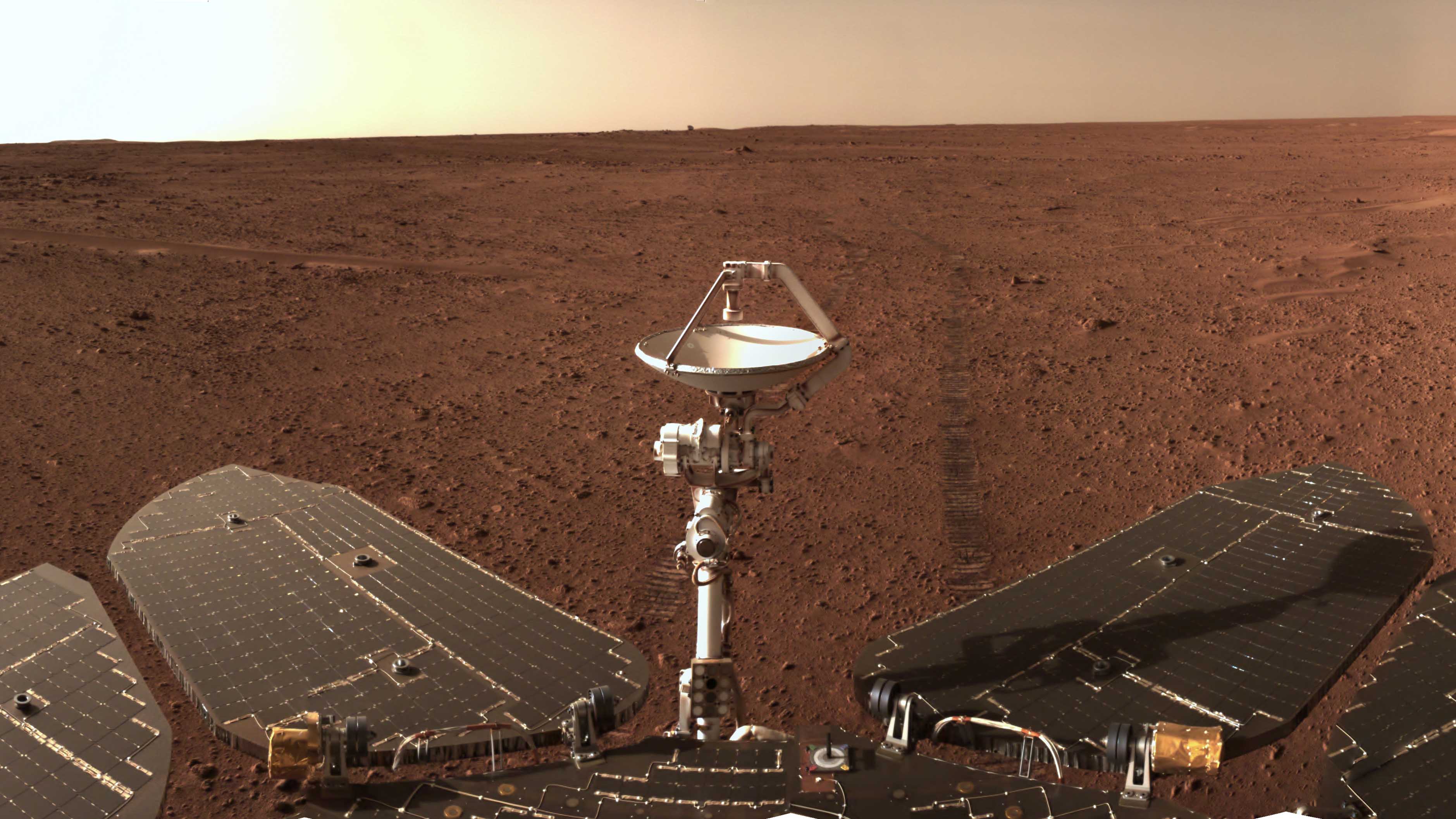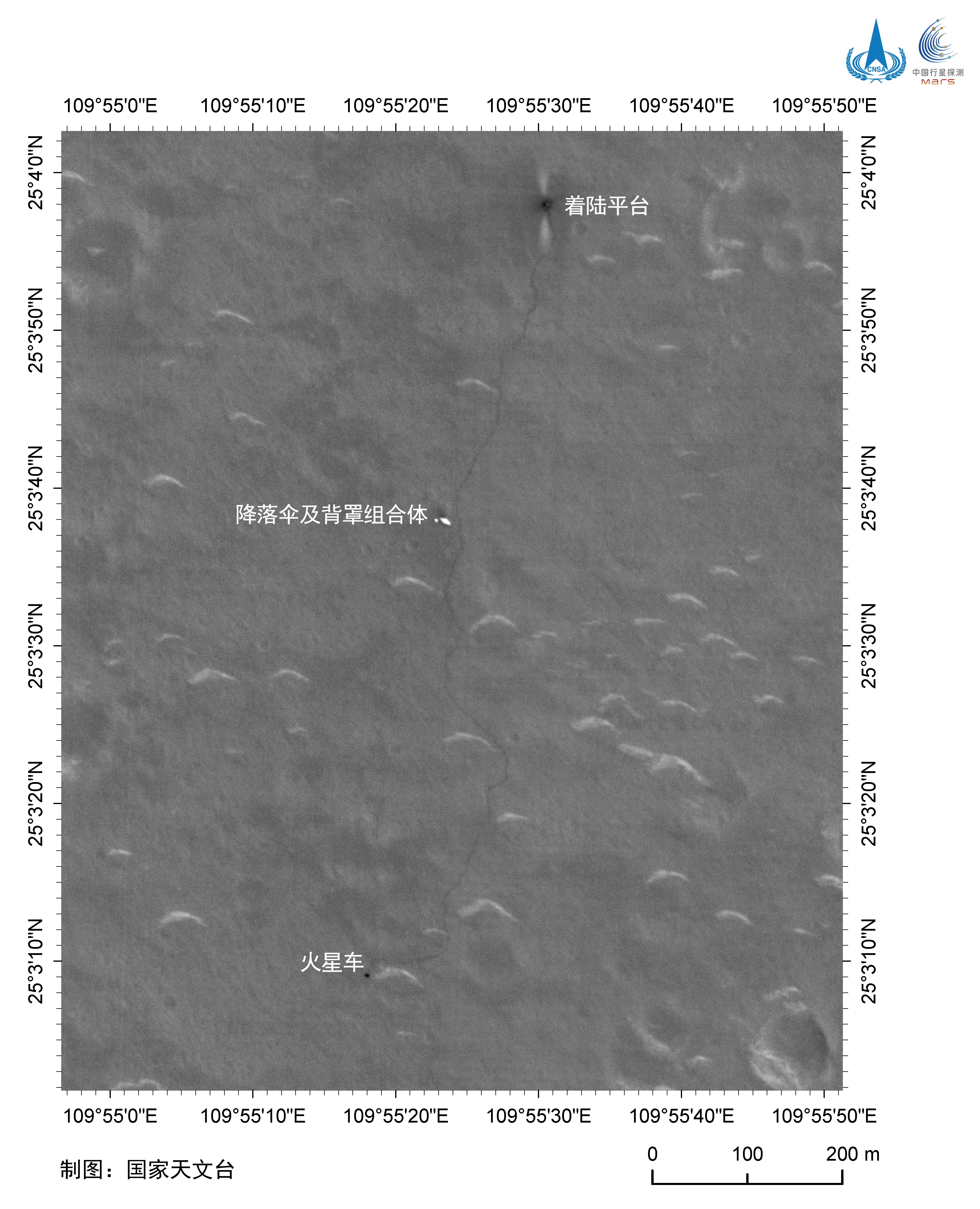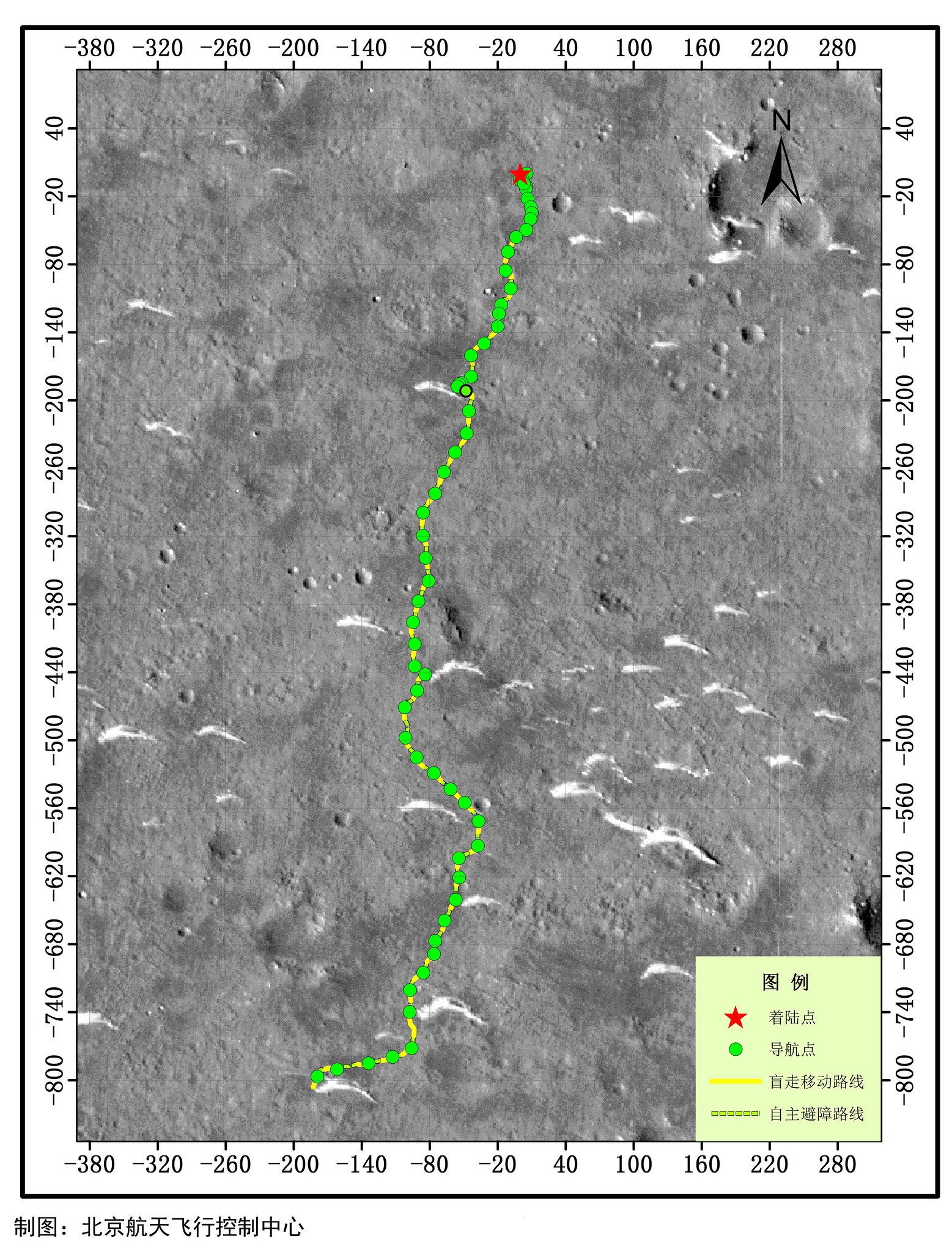China's Zhurong Mars rover returns panorama ahead of planetary blackout

China's Mars rover Zhurong has produced a remarkable new panorama of its surroundings in Utopia Planitia to mark 100 days of activity on the Red Planet as preparations continue for the rover to spend more than a month in safe mode this autumn.
The six-wheeled, solar-powered rover has covered 3,491 feet (1,064 meters) since rolling onto the Martian surface on May 22. But from mid-September to late October, the rover and its orbiting companion, Tianwen-1, will be in safe mode as the sun's charged particles interfere with their communication with Earth.
Related: China's Tianwen 1 Mars rover mission in photos

In preparation for the break, Zhurong paused to take a good look around with its panoramic camera. The returned image shows the rover and its solar arrays and antenna close to a dune, a feature type that mission scientists are keen for Zhurong to analyze. A number of distant features can be seen on the horizon of the panorama including, above Zhurong's antenna, the backshell from the rover's landing in May. Zhurong visited the discarded gear up close in July.
Since landing on May 14 and deploying onto the surface a week later, Zhurong has been moving south from its landing platform, analyzing different rocks, dunes and other features as it goes.
The Tianwen-1 orbiter with which Zhurong hitched a ride to Mars has been orbiting so that it passes over Zhurong once a day to relay data to mission control in China. The National Astronomical Observatories of China (NAOC) also released an image from Tianwen-1's high resolution camera which shows Zhurong's journey from the lander, including tracks the rover left in the Martian surface.

Meanwhile, a new paper on the geological characteristics of Zhurong's landing area identifies a number of features and landforms that scientists working on the mission hope to study as the rover continues south.
Get the Space.com Newsletter
Breaking space news, the latest updates on rocket launches, skywatching events and more!
According to the paper, the rover will investigate transverse aeolian ridges, or dunes, as well as troughs, caused by erosion, and particularly mysterious pitted cones. One of the scientists' key objectives is to use Zhurong's ground penetrating radar to determine the thickness and distribution of Martian soil near some landforms hypothesized to have been created by the presence of subsurface water or ice.
The presence of water would have profound implications for understanding of the climate history of Mars, potential resources for future crewed missions and even as a habitat for simple subsurface life.
The paper also notes that a number of pitted cones are present a number of kilometers to the south of the rover's position. A close-up look at these with Zhurong's terrain camera, multispectral camera, and Mars Surface Composition Detector could help provide fresh insights into how these features were formed, since current hypotheses range from volcanism, mud- or hydrovolcanism, or even underground water flows.
Despite their industry, both Zhurong and Tianwen-1 will soon go into safe mode because of a solar conjunction preventing communications between Earth and Mars. Both spacecraft will pause activities from mid-September through late October, as the sun and the charged particles it releases will obscure our view of Mars from Earth and interfere with radio communications between the two planets.

Both spacecraft will autonomously carry out health assessments, self-monitoring and trouble-shooting until communications can be restored.
The China National Space Administration and the People's Bank of China also jointly released silver and gold commemorative coins featuring the rover to celebrate Zhurong's 100 days on Mars.
Follow us on Twitter @Spacedotcom and on Facebook.
Join our Space Forums to keep talking space on the latest missions, night sky and more! And if you have a news tip, correction or comment, let us know at: community@space.com.

Andrew is a freelance space journalist with a focus on reporting on China's rapidly growing space sector. He began writing for Space.com in 2019 and writes for SpaceNews, IEEE Spectrum, National Geographic, Sky & Telescope, New Scientist and others. Andrew first caught the space bug when, as a youngster, he saw Voyager images of other worlds in our solar system for the first time. Away from space, Andrew enjoys trail running in the forests of Finland. You can follow him on Twitter @AJ_FI.









